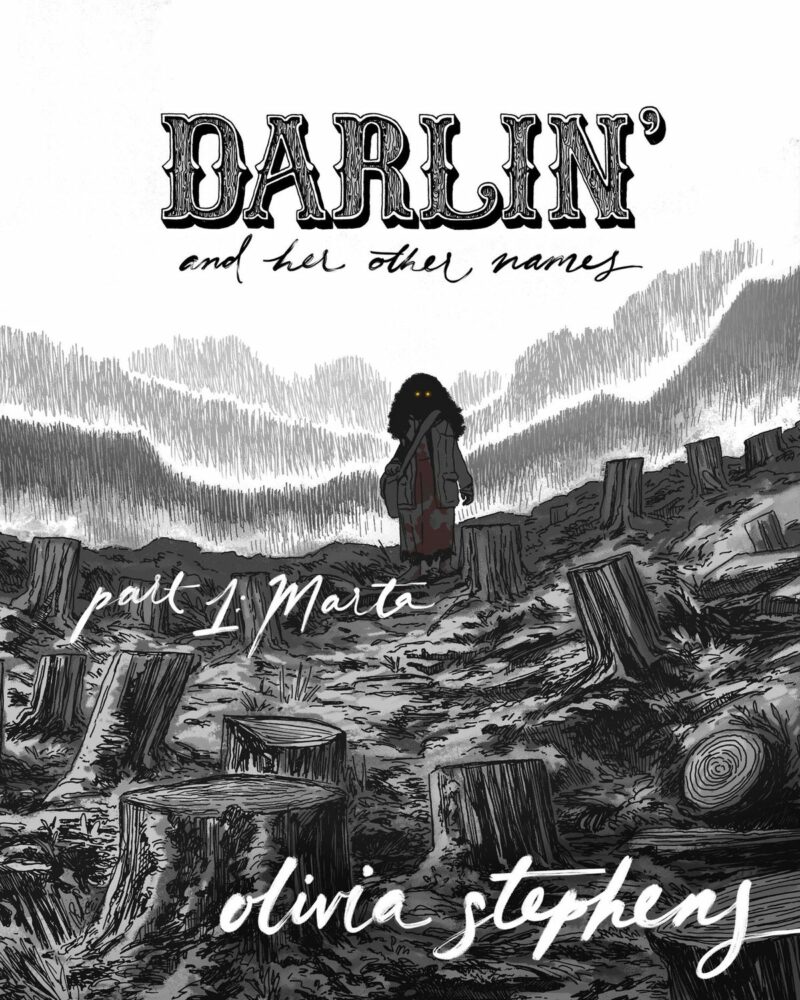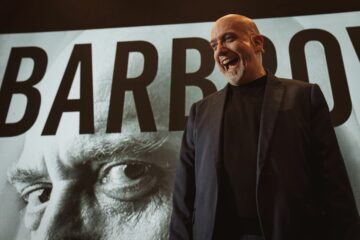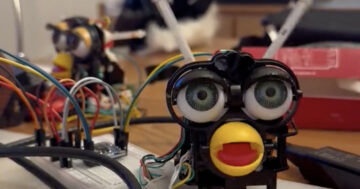The comics medium is a beautiful and interconnected ecosystem, and we do our best to show that in Polygon’s best comics of the year. From self-published works and foreign imports to Marvel and DC’s blockbuster series, if one thing is clear in 2023, comics culture inspires all culture. But who cares if these are the movies, TV shows, and games of five years from now?
Here in 2023, they’re incredible books.
Comics were considered eligible if they were graphic novels published for the first time in 2023 or series that were collected for the first time, or published their final collection, in 2023. Everything on this list is available in paperback or collected form for your eager hands — no worries for trade-waiters.
Darlin’ and Her Other Names (Part 1: Marta)
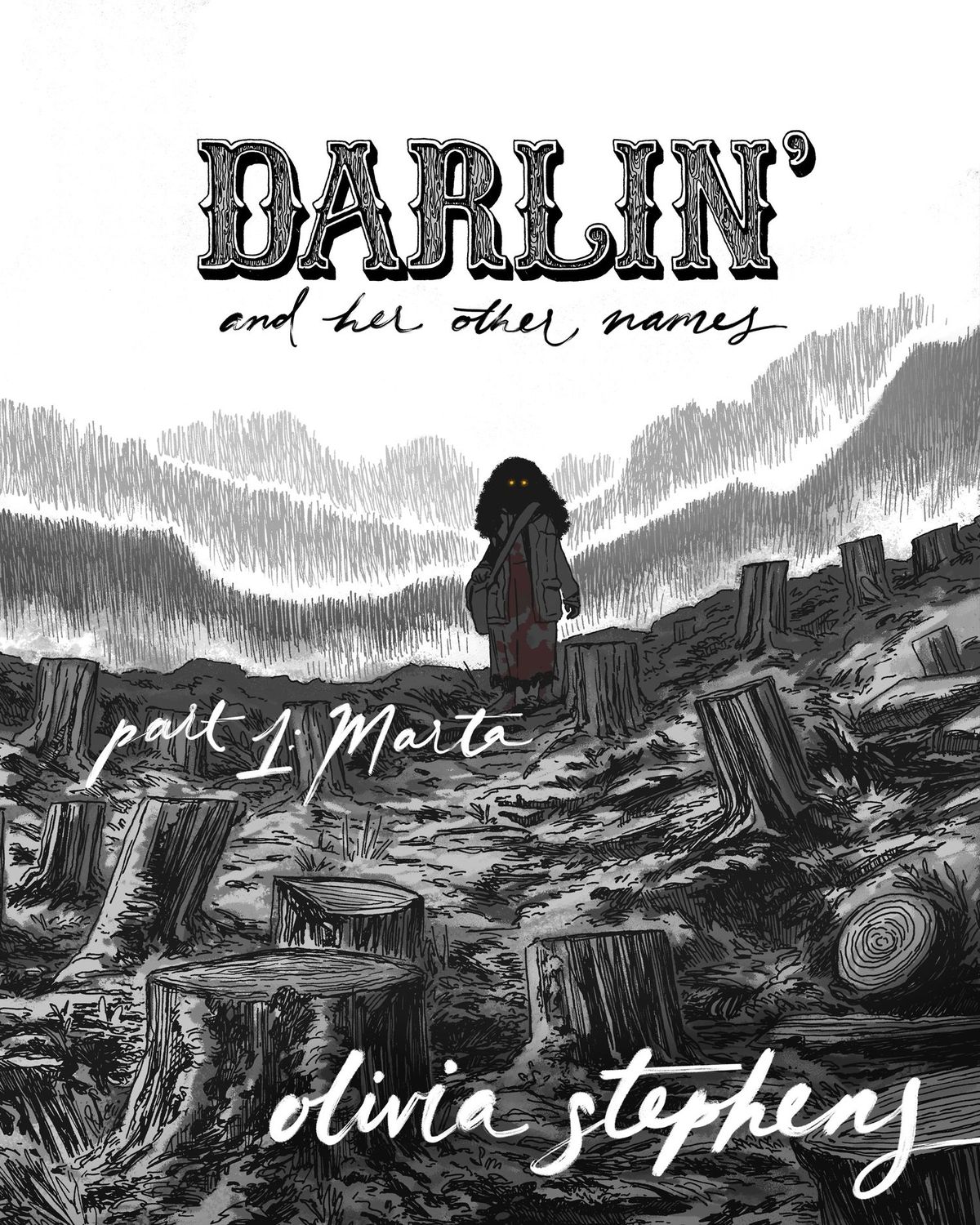
by Olivia Stephens
The first installment of Olivia Stephens’ self-published werewolf-Western-horror-romance comic is one of the most striking things I’ve read all year. Brought to life in stark black and white, Stephens crafts a haunting yet hopeful tale of two strangers who meet in the wake of violence and come together to gain the vengeance they both so desperately desire.
This is the kind of comic that, despite being 88 pages long, will immediately have you hungry for more. It’s soulful, moving, beautifully rendered, and uniquely atmospheric. Stephens has already showcased her talent with the lovely graphic novel Artie and the Wolf Moon, but while that was a charming book for younger readers, Darlin’ is unabashedly for adults, with emotional heft, deep thematic resonance, and brutal violence that will leave you thinking long after you finish reading. —Rosie Knight
Shubeik Lubeik
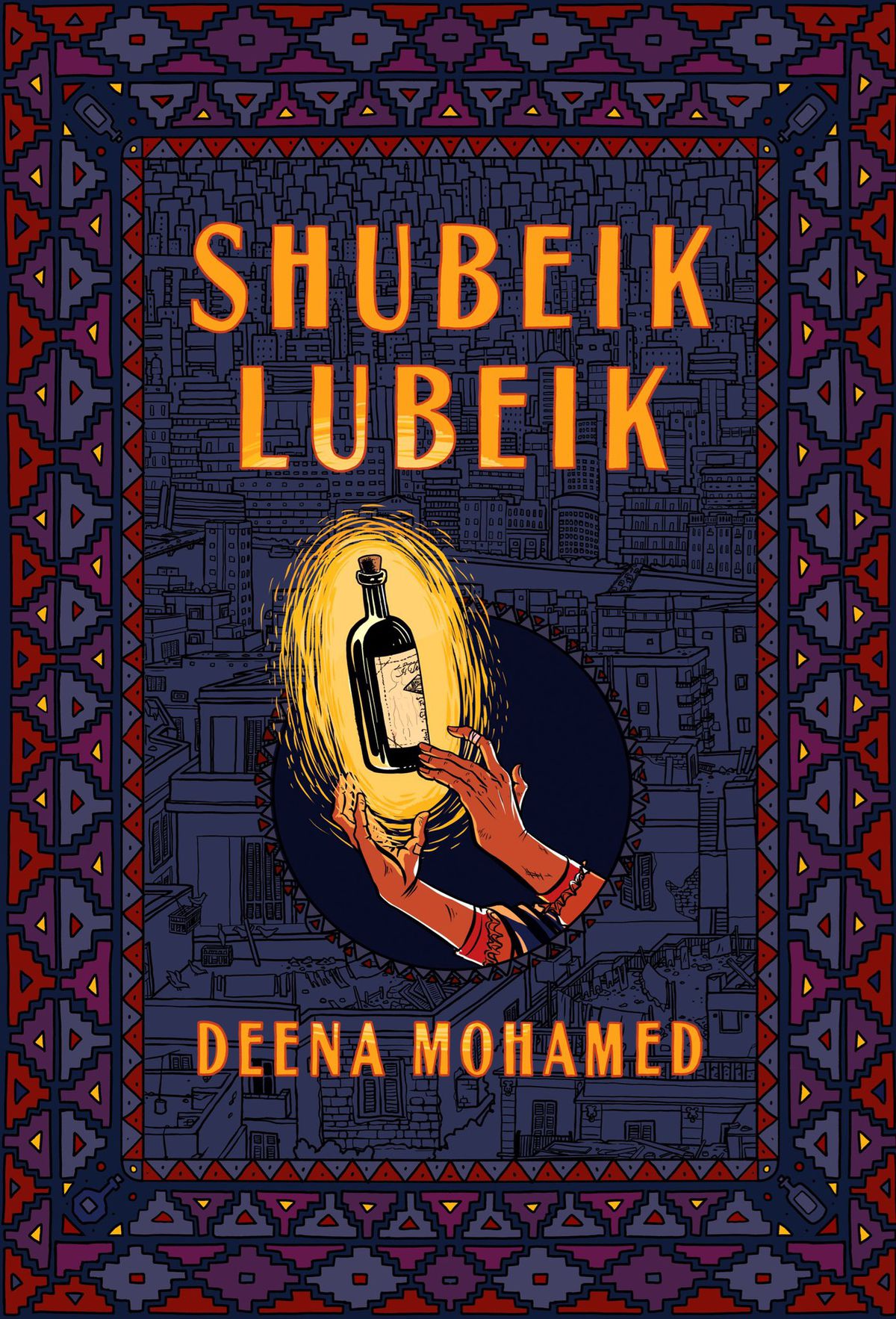
by Deena Mohamed
Whenever Egypt comes up in Western art, it’s usually flattened and caricatured under the Western gaze. But what happens when you reverse the perspective? Deena Mohamed’s brilliant saga — a work by an Egyptian creator originally serialized for an Egyptian audience in Arabic — does just that. Her seminal comic is finally available in English, with Mohamed herself translating it, and with pages that read right-to-left just like any familiar manga, reflecting its origin.
Set in a modern day Cairo, the book pulls the reader into an alternate history wherein humanity can wish their dreams into reality — for a price. Following multiple characters from varied class backgrounds, Mohamed explores how a world shaped by Western colonialism and capitalist impulses even systematizes impossible powers like wishes and dreams — and what that does to the Egyptian people living in such a society. Deploying slick back-matter, infographic pages, charts, and transitions between color and black and white, this work of bold science fiction/fantasy reads like no other comic out this year, or any year.
There’s talking donkeys, deadly dragons, clever world-building, and best of all: heartrending characters that stick with you. —Ritesh Babu
Do a Powerbomb!
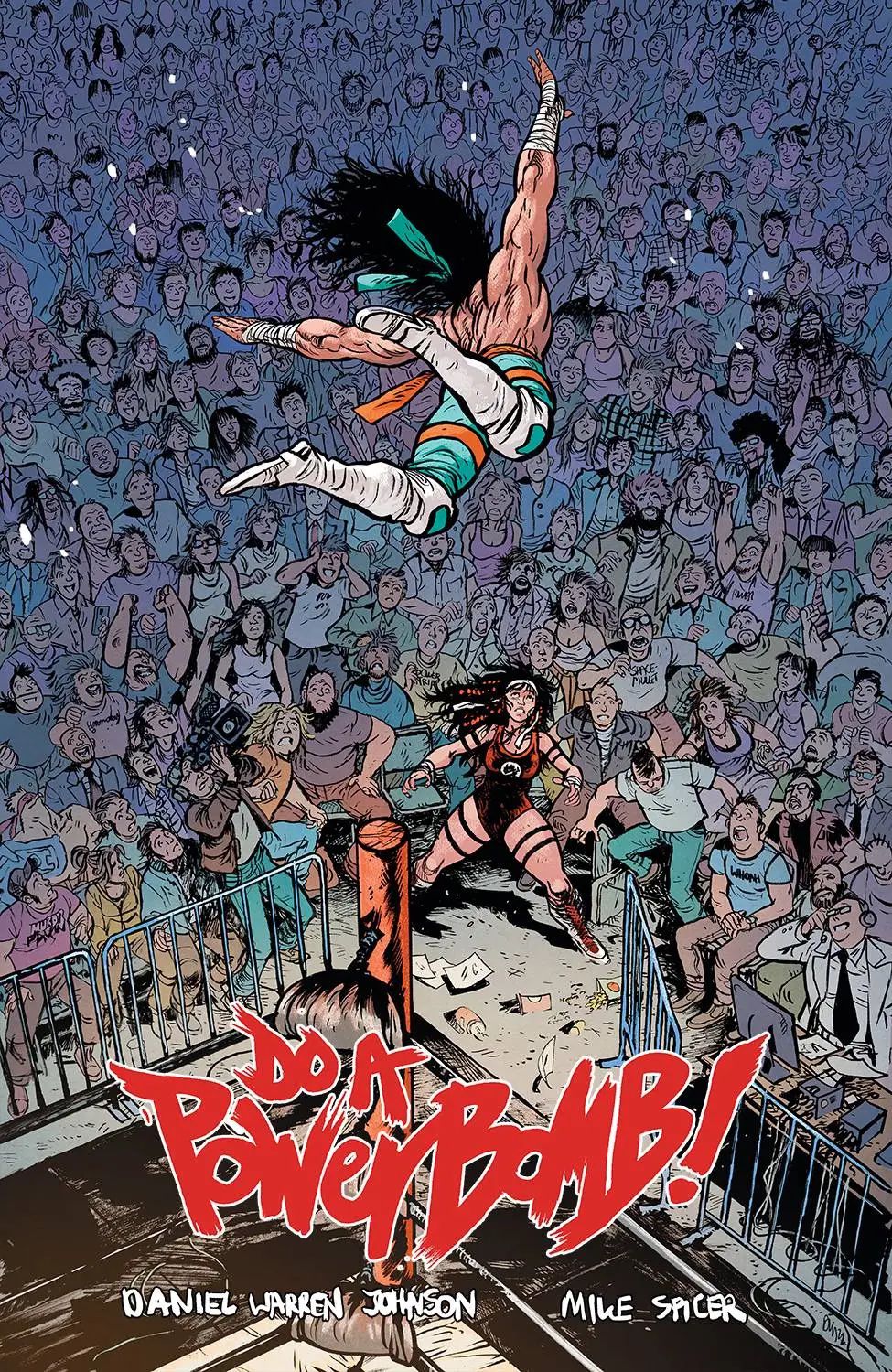
By Daniel Warren Johnson
The story of Do a Powerbomb is that Daniel Warren Johnson got into professional wrestling for the first time during the COVID-19 pandemic, and this is his love letter to the form.
The story within Do a Powerbomb is that a necromancer offers a spot in his supernatural wrestling tournament to one young wrestler from our world, where wrestling is performance. If she wins, he’ll bring her late mother back to life, but to do that, she’ll have to tag team with the masked wrestler who accidentally killed her during a fateful match. Twist! That masked wrestler is her dad. Twist! They have to fight God! Like, the Judeo-Christian God!
The joy of Do a Powerbomb is that there’s no inch of it that’s ashamed or sheepish: It’s all sincerity, all camp, all heart, and all spectacle. The glory of it is how Johnson takes the eye of a Renaissance painter to its action. He can blow a split second out on the page so that the tension and beauty of it hangs forever, and mostly he does. —Susana Polo
Blood of the Virgin
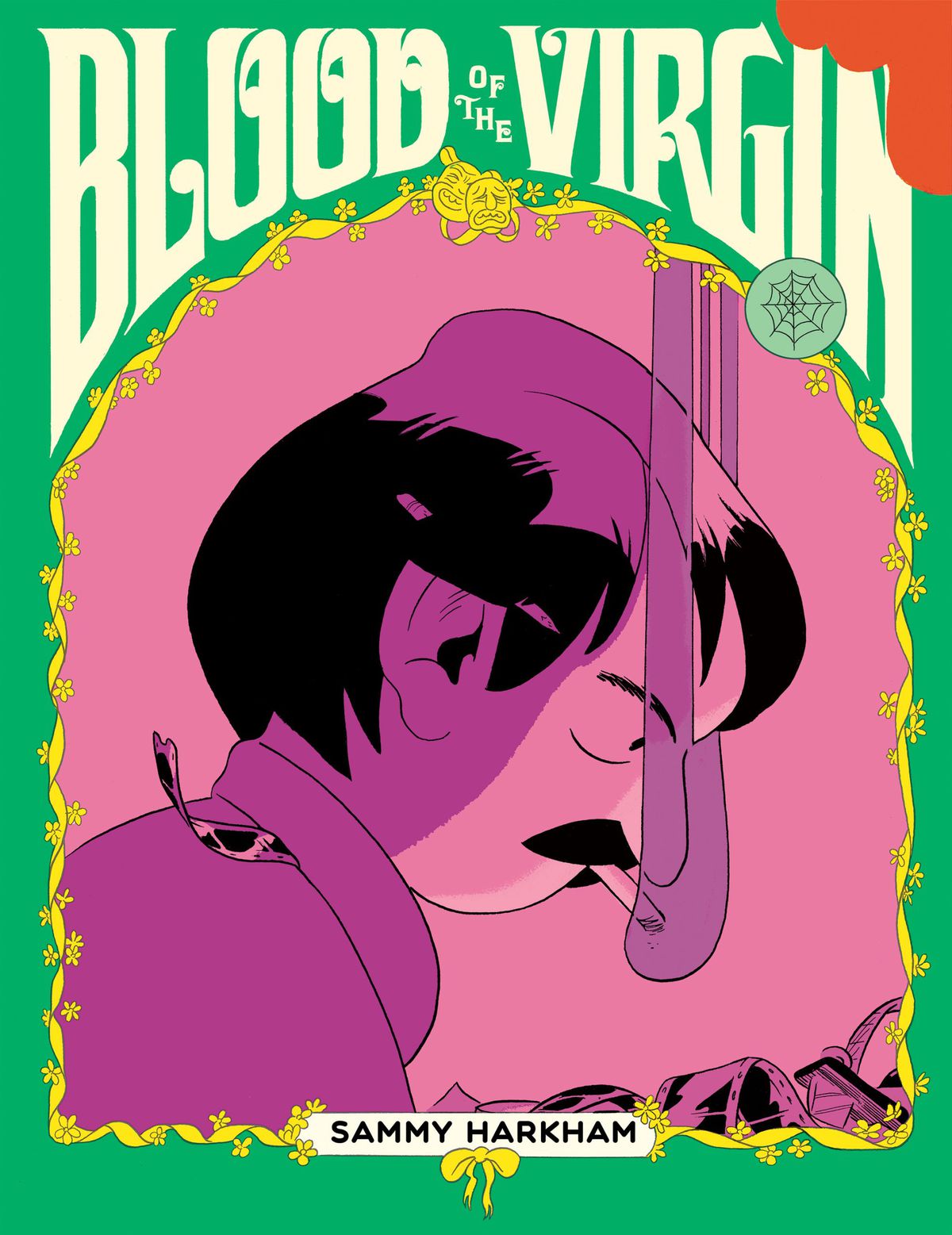
by Sammy Harkham
Seymour, if we’re being honest, is a bit of a schlub. The protagonist of cartoonist Sammy Harkham’s Blood of the Virgin lives in 1970s Los Angeles, where he does solitary film editing on the worst sort of grindhouse film. He dreams of being a screenwriter, but then it’s seedy: His magnum opus is called “Blood of the Virgin,” and its artistically bereft production unfolds over the course of Harkham’s comic. Seymour doesn’t have nearly as much to offer as he wishes he did, and he’s running out of ways to disguise it from his parasitic boss, his wife Ida, and even himself.
All of this risks making Blood of the Virgin sound like the kind of navel-gazing comic about narcissistic men reliably found on highbrow reading lists, but that doesn’t come close to what Harkham is doing here. Because alongside all that, Seymour is an Iraqi Jewish immigrant and the child of Holocaust victims, attempting to situate himself inside a culture with which he can never entirely relate.
So like Boogie Nights (a film with which this comic shares a general similarity), Harkham’s work uses a small lens to illuminate sprawling themes: the history of Iraqi Jews; survivor’s guilt; Hollywood exploitation; the burning desire that all of us have to belong somewhere. Blood of the Virgin might be a masterpiece. —Zach Rabiroff
Wonder Woman Historia: The Amazons
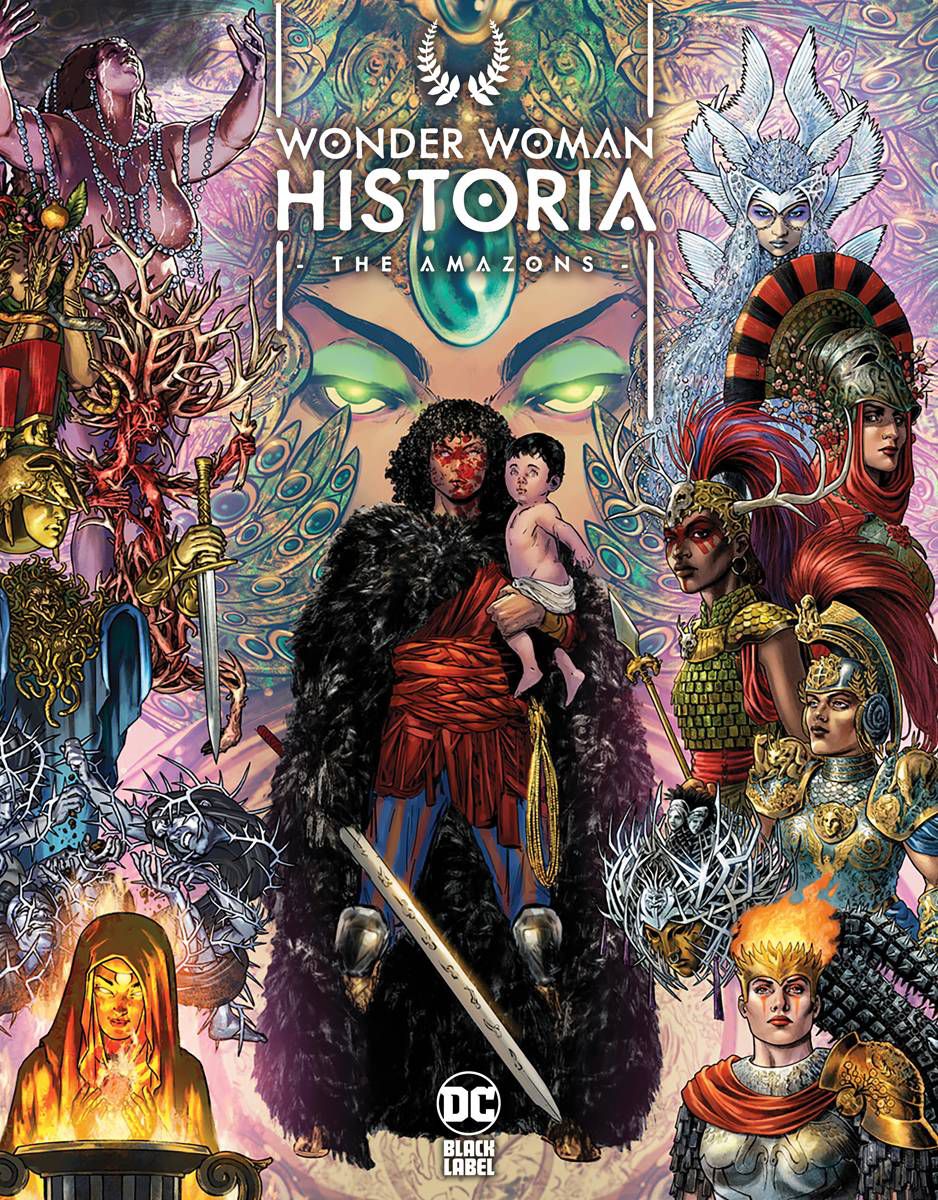
By Kelly Sue DeConnick, Phil Jimenez, Gene Ha, Nicola Scott, et al.
Wonder Woman Historia was among the very first titles DC announced when it revealed the scope and theme of its new Black Label imprint — a place for the biggest names DC could attract to make canon-optional stories at a high production value. Five years later, the first collected edition of Wonder Woman Historia: The Amazons is simply the the most stunning work of illustration to come out of the Big Two comics houses in years.
Phil Jimenez filled every inch of the 62-page first issue with with hugely detailed renderings of heavily researched character designs of the entire Greek pantheon and 30 original characters. It was an act that seemed impossible to follow, until Gene Ha returned with an issue full of hidden goddesses. Nicola Scott rounded out the trilogy with some of the best layout and character work in comics today.
And I haven’t even talked about Kelly Sue DeConnick’s expert prose, or her heart-wrenching story of Queen Hippolyta of the Amazons, as the Amazons tell it themselves. A primal scream in exquisitely worked gold. —SP
- SEO Powered Content & PR Distribution. Get Amplified Today.
- PlatoData.Network Vertical Generative Ai. Empower Yourself. Access Here.
- PlatoAiStream. Web3 Intelligence. Knowledge Amplified. Access Here.
- PlatoESG. Automotive / EVs, Carbon, CleanTech, Energy, Environment, Solar, Waste Management. Access Here.
- BlockOffsets. Modernizing Environmental Offset Ownership. Access Here.
- Source: https://www.polygon.com/23810267/best-comics-2023-graphic-novels-books
- 1
- 2023
- 30
- a
- About
- act
- Action
- adults
- after
- AL
- All
- alongside
- already
- among
- an
- and
- angeles
- announced
- any
- arabic
- ARE
- Art
- artistically
- as
- At
- attract
- audience
- available
- Baby
- back
- backgrounds
- BE
- beautiful
- beautifully
- Beauty
- because
- being
- Belong
- BEST
- between
- BIG
- Biggest
- Bit
- Black
- blockbuster
- blood
- blow
- bold
- book
- Books
- border
- both
- bring
- brought
- burning
- but
- by
- called
- Camp
- CAN
- character
- characters
- Charts
- child
- class
- clear
- close
- collection
- come
- comes
- considered
- could
- course
- cover
- COVID-19
- COVID-19 pandemic
- creator
- crowd
- Culture
- Daniel
- day
- dc
- deep
- deploying
- designs
- desire
- desperately
- despite
- detailed
- DID
- do
- does
- doing
- Drawing
- dreams
- During
- eager
- ecosystem
- editing
- edition
- Egypt
- Emotional
- English
- entire
- entirely
- et
- even
- Every
- everything
- excitement
- expert
- exploitation
- explores
- eye
- Face
- familiar
- FANTASY
- field
- fight
- filled
- Film
- Final
- Finally
- finish
- First
- first time
- flying
- follow
- Following
- For
- foreign
- forever
- form
- from
- full
- gain
- Games
- Gaming
- GenE
- General
- Gold
- Greek
- Hair
- hands
- happens
- has
- Have
- he
- heart
- heavily
- her
- here
- hidden
- High
- his
- history
- holds
- Hollywood
- hopeful
- houses
- How
- HTTPS
- huge
- hugely
- Humanity
- Hungry
- i
- if
- illuminate
- image
- Images
- immediately
- impossible
- in
- incredible
- infographic
- INSIDE
- inspires
- interconnected
- into
- Is
- issue
- IT
- ITS
- Johnson
- jpg
- just
- kind
- Label
- late
- later
- layout
- Leap
- leave
- Lens
- Life
- like
- List
- Lists
- lives
- living
- Long
- looks
- los
- Los Angeles
- love
- make
- Making
- man
- Manga
- Marvel
- masterpiece
- Match
- medium
- meet
- Men
- might
- Modern
- Mohamed
- more
- most
- mostly
- mother
- Movies
- moving
- much
- multiple
- names
- nearly
- never
- New
- no
- novel
- now
- of
- offer
- Offers
- on
- One
- or
- Origin
- original
- originally
- Other
- our
- out
- over
- page
- pages
- painter
- pandemic
- pantheon
- Paper
- part
- People
- performance
- perspective
- place
- plato
- plato data intelligence
- platodata
- platogaming
- Polygon
- powers
- price
- Pro
- Production
- professional
- protagonist
- published
- reach
- read
- Reader
- readers
- Reading
- Reality
- Renaissance
- Revealed
- reverse
- risks
- running
- Science
- scope
- scott
- second
- seemed
- Series
- shaped
- Shares
- she
- show
- showcased
- shows
- Simply
- small
- Smoking
- So
- Society
- some
- split
- Spot
- stands
- Stories
- Story
- Stunning
- such
- sue
- supernatural
- sword
- tag
- takes
- tale
- Talent
- talking
- Team
- tell
- that
- The
- their
- theme
- themselves
- then
- These
- they
- thing
- things
- Thinking
- this
- time
- titles
- to
- Today
- together
- top
- tournament
- transitions
- tree
- tv
- two
- under
- uniquely
- until
- up
- us
- uses
- usually
- value
- very
- victims
- Virgin
- warren
- was
- ways
- we
- were
- western
- What
- when
- where
- while
- white
- WHO
- wild
- will
- Wins
- with
- within
- Wolf
- woman
- wonder woman
- Work
- worked
- works
- world
- worst
- Wrestling
- year
- years
- yet
- you
- young
- your
- zephyrnet
